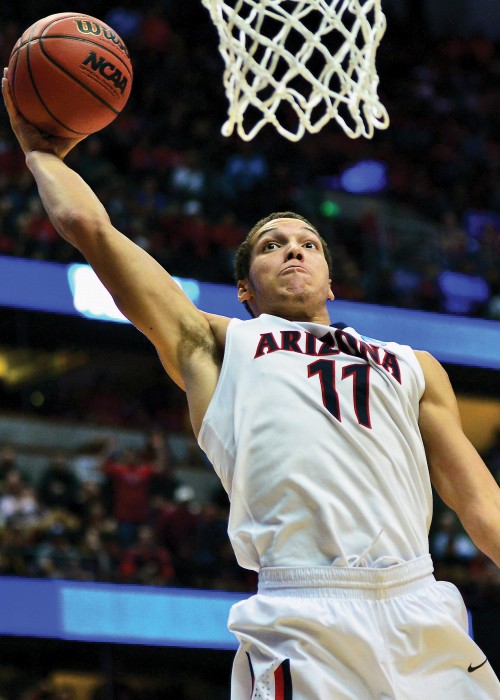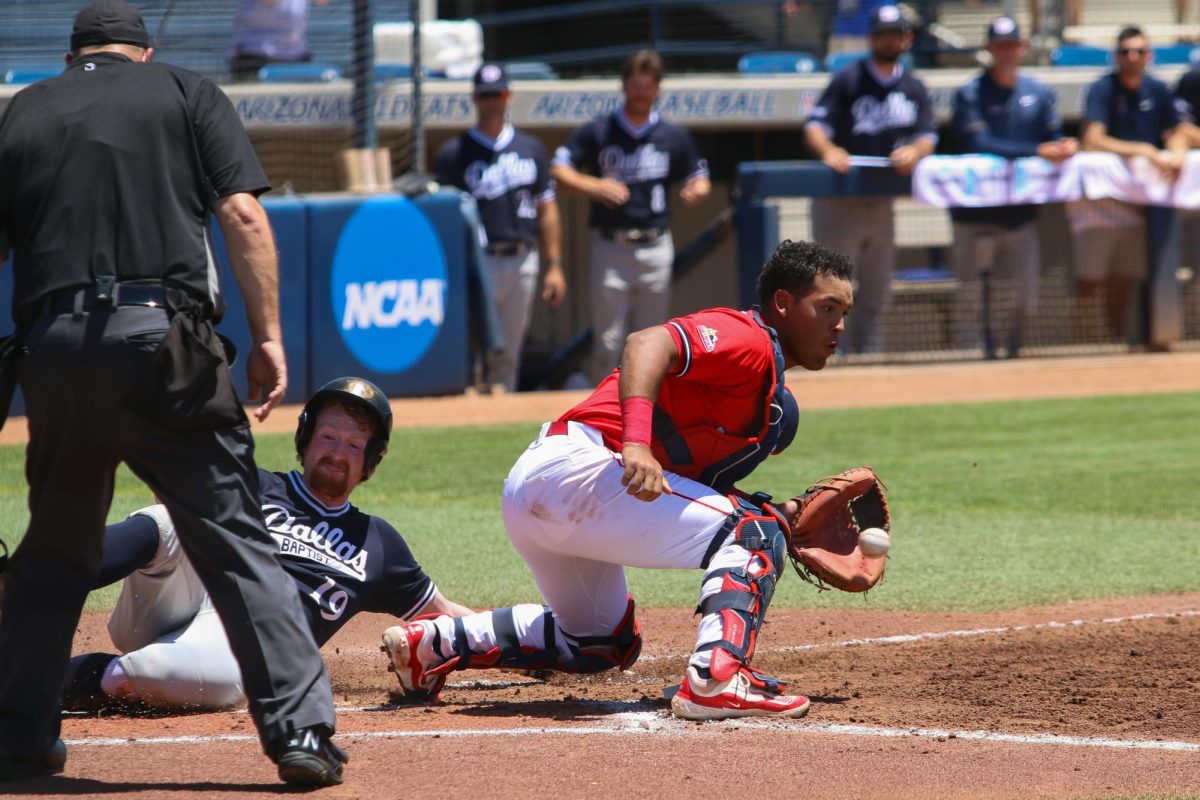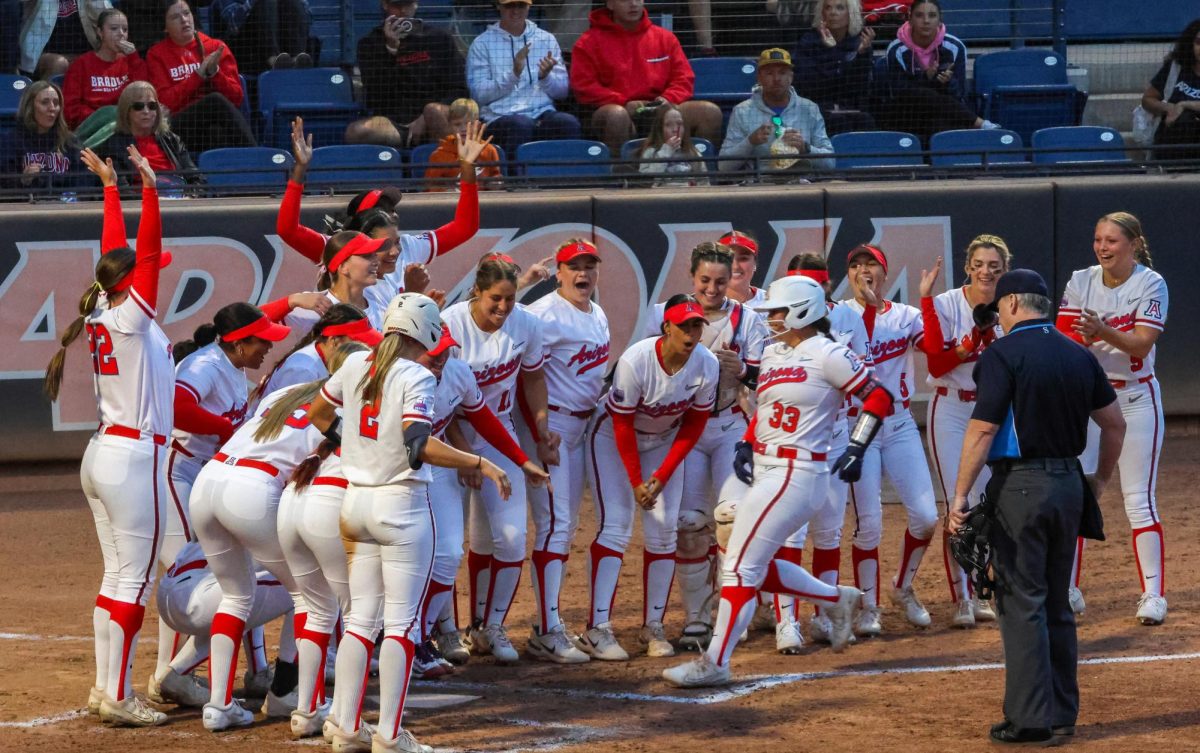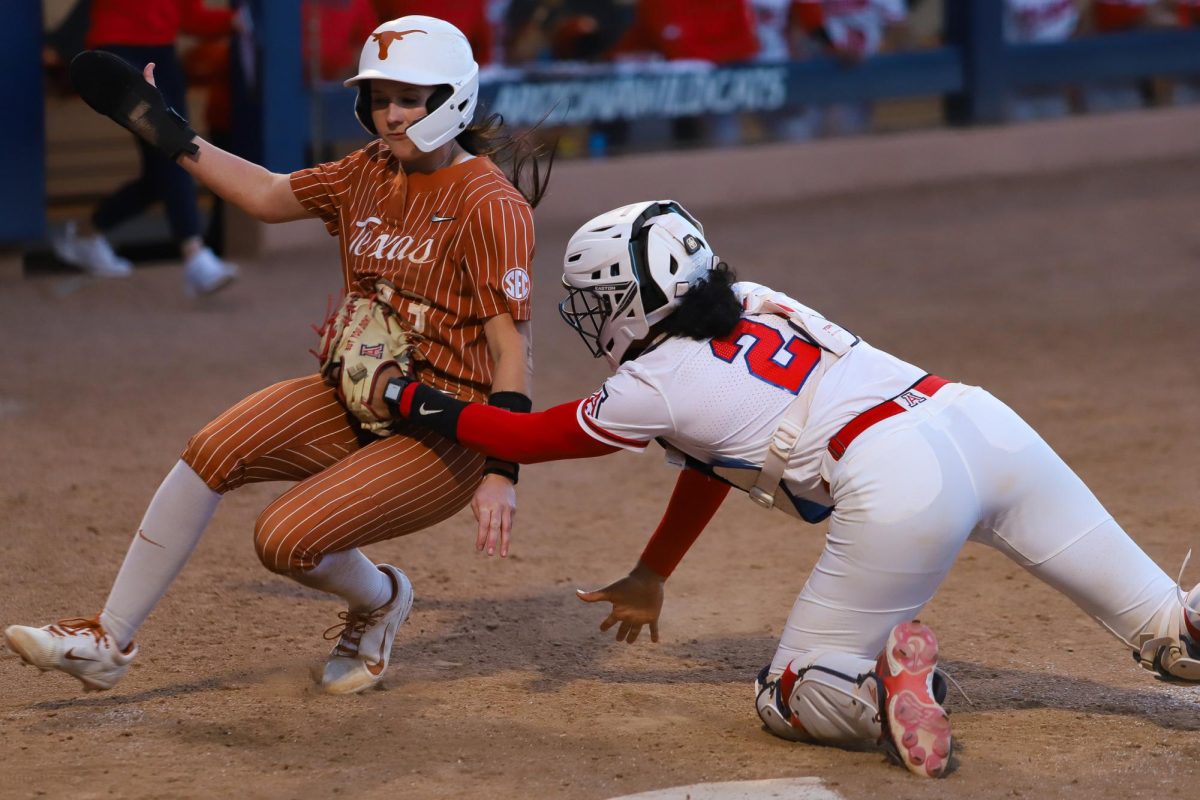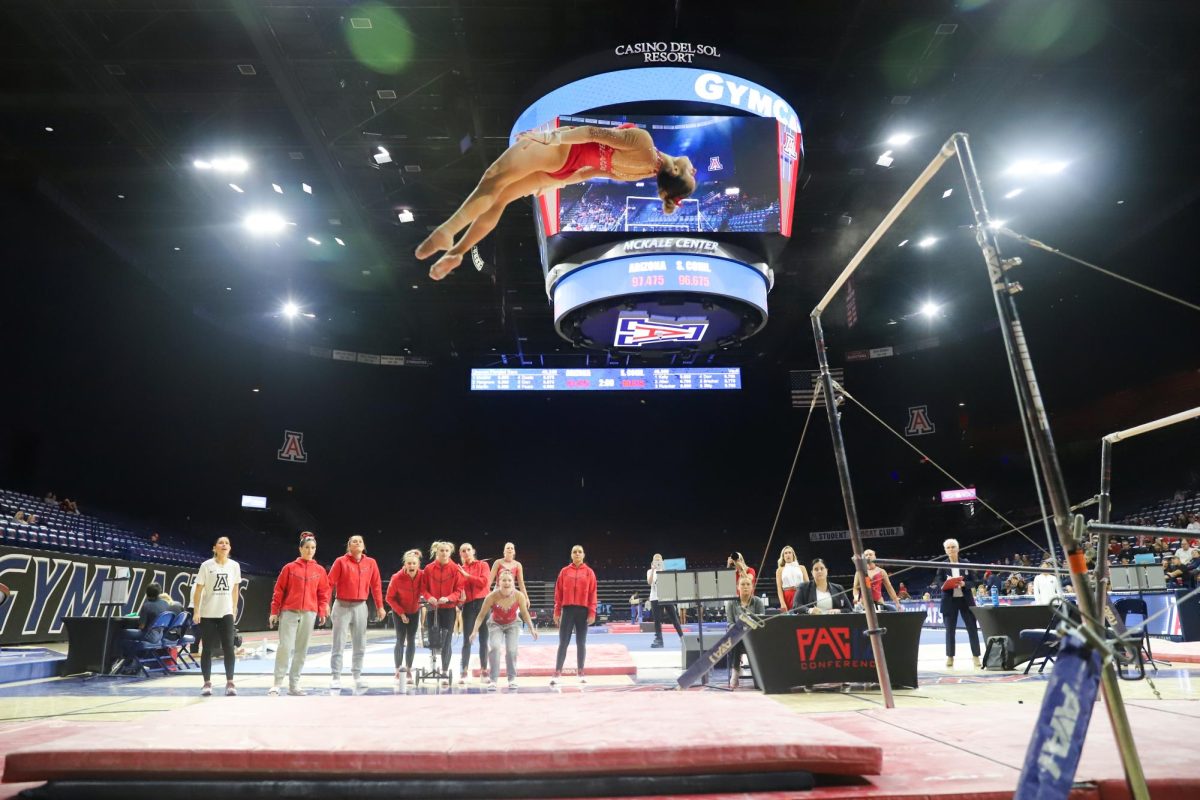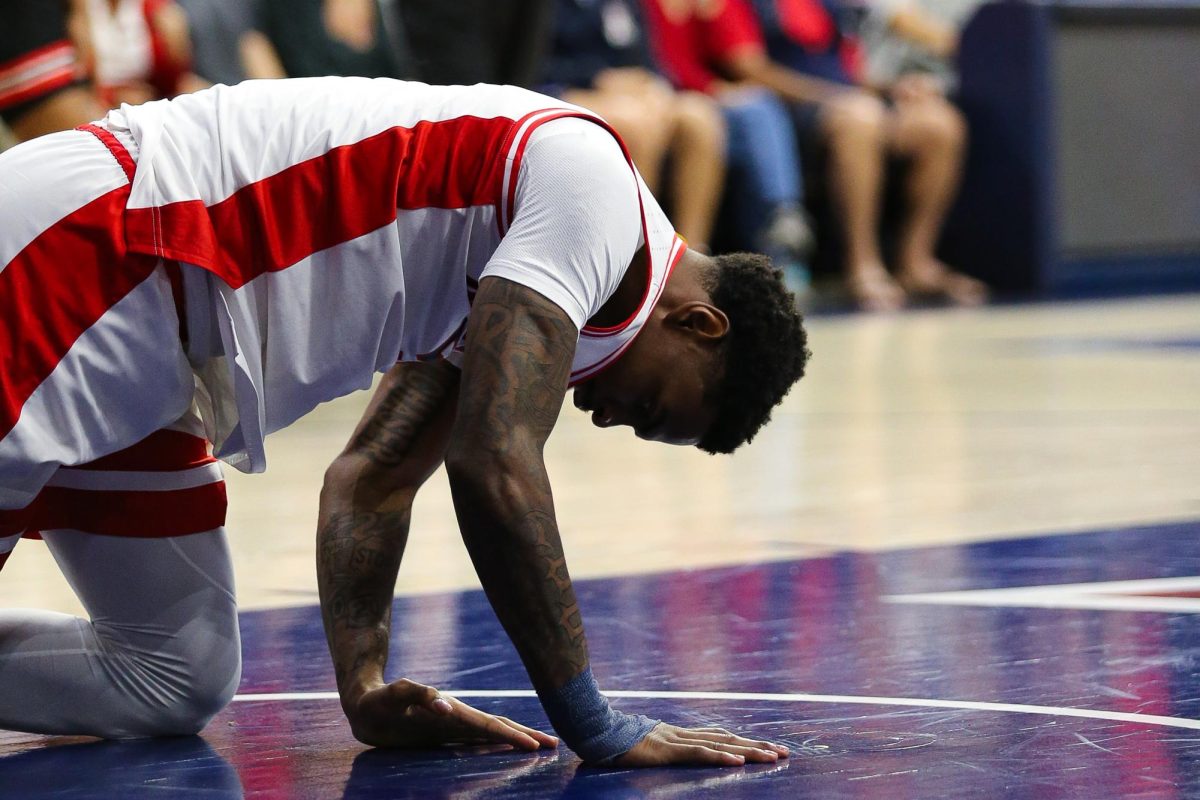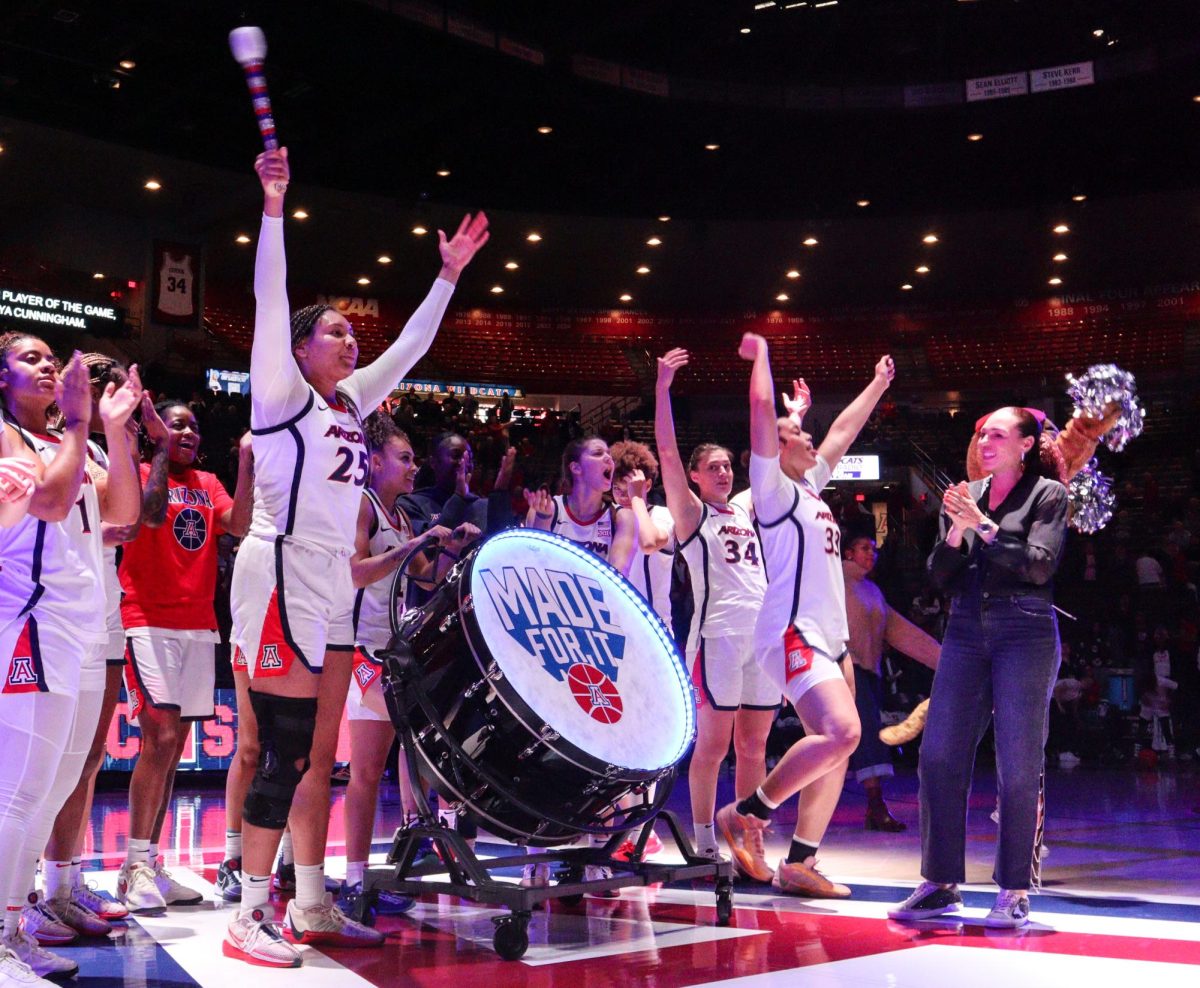Imagine you’re an 18-year-old whiz kid who just created the next Snapchat. A venture capitalist offers you $20 million to start a company. What would you do? Take the money and run your business, of course.
Now imagine you’re an 18-year-old kid with unreal basketball ability and an NBA team offers you a $20 million contract. What would you do? Enter the NBA dra—wait, you wouldn’t be able to enter the draft because of an NBA rule.
What makes these scenarios so different?
The NBA instituted a rule during the summer of 2005 that a player must meet certain criteria in order to become eligible for the draft. First, they must be 19 years old or turn 19 in the same calendar year of the NBA draft they want to declare for. Second, they must be one year removed from high school.
The NBA has benefitted from this rule because before 2005, some players who were drafted straight out of high school turned out to be busts, financially crippling the teams that took a chance on them.
The league’s biggest complaint was about the lack of sample size for prospects facing select competition. Having the players showcase themselves against their peers in college for one year has provided the league with all the sampling they need.
From the standpoint of a fiscal bottom line, the NCAA is better than ever. A lot of its success can be attributed to March Madness.
According to ncaa.org, 81 percent of the NCAA’s revenue during the 2011-2012 fiscal year stemmed from media rights. The NCAA currently has a multi-million dollar, agreement with Turner/CBS Sports for the rights to air its sporting events. The Division I Men’s Basketball Tournament is its biggest moneymaker. Employing the most elite basketball prospects, if only for a season, has greatly benefitted the NCAA.
So, what’s the racket? It seems like all sides of the equation are mutually benefitting, right? Wrong.
The NBA and NCAA profit off young athletes who risk everything on a college court for one season. All parties are benefitting except for the athletes.
College basketball has been flipped on its head with the trend of players competing for one season, then leaving for the NBA. Top programs have had no choice but to embrace the rule and go through full makeovers each offseason. Arizona basketball is no different with players such as Stanley Johnson and Aaron Gordon leaving after only one season in Tucson.
Revamping a team with freshmen each year is a daunting task in a sport that is driven by coaches. Arizona head coach Sean Miller has adapted in order to keep Arizona competing at a high level. The Wildcats added seven new players this season, representing turnover of more than half of the team.
The rule presents a fine line for college coaches between having the best players in the country each year, and having no continuity in a sport that almost requires it.
“Nobody loves bringing seven new [recruits] in,” Miller said during a press conference in April. “It can get away from you if you’re not careful. It’s a cycle we’re trying to balance as best we can.”
Coaches’ jobs would be easier if they could recruit players who were committed to spending multiple years in school. They would be able to craft their teams and build the continuity so many coaches desire.
Some top prospects heading into elite college programs already have the NBA in mind in high school, and rightfully so.
“My goal in life wasn’t to play in college, it was to play in the NBA,” wrote Arizona alumnus Aaron Gordon via e-mail correspondence with an Orlando Magic employee. “Once I got done with high school I was one step closer to playing in the NBA.”
Gordon jumped on the opportunity to play in the NBA as soon as he became eligible, and he doesn’t regret his decision the slightest.
“I love Arizona with all my heart, he wrote. “But when you’re a top-10 NBA projection, you’ve got to go.”
Arizona alumnus Stanley Johnson offered a different take on how the rule impacts players.
“It’s just a rule,” wrote Johnson via e-mail correspondence with a member of the Detroit Pistons. “Just like we have laws and rules, it’s there to benefit our society. After being in the [NBA] for a year, I feel a percentage of the guys that enter the NBA after their first year of college aren’t ready to deal with not just basketball, but life in general.”
Johnson has witnessed first-hand what could go wrong when young athletes are thrown in to a professional environment such as the NBA. The league uses similar reasoning for its ruling, but shouldn’t it be up to a player and his family to decide what risks they are willing to take? What’s wrong with an athlete focusing on turning professional at 18 years old if it’s a financially sound decision, like it was for Gordon?
The Wildcats are lucky to bring back sophomores Allonzo Trier and Ray Smith this season. Players of their caliber returning for a second season is a rarity in today’s college game. Trier talked about his decision to return during Arizona’s media day on September 29.
“Of course everybody’s dreams and aspirations are to play in the NBA, so I thought about it, but I already thought I was going to college,” Trier said.
The sophomore guard felt he had areas to improve, and trusts coach Miller to be the man to guide him to NBA caliber.
“I just wanted to improve a lot of things after talking to my family and coach Miller,” Trier said. “I have a tremendous amount of trust in him and he has trust in me as a player. I wanted to mature and grow as a player and person and really allow myself to be ready for that challenge [the NBA] when it comes ahead.”
There are differing viewpoints from players about the rule, but that’s exactly why a free market for prospects would work. You will have the Triers of the world, who want to mature and be fully prepared; and you’ll have the Gordons of the world, who are ready to rumble at age 18. To each is their own—except in the NBA.
From a philosophical standpoint, the rule doesn’t add up. It boils down to an institution blocking a potential employee from working for a potential employer. If an institution tried to prohibit that 18-year-old whiz kid who created the next Snapchat from accepting an offer, you could bet there would be a legal battle ruling in favor of the 18 year old.
After 10 years of the “one-and-done” rule, it’s time for change. NBA teams should find their own way to vet prospects and make better draft selections rather than barring prospects from entering the league.
The current collective bargaining agreement will not be re-negotiated for 10 years, or if necessary in 2017.
Follow Chris Deak on Twitter.



